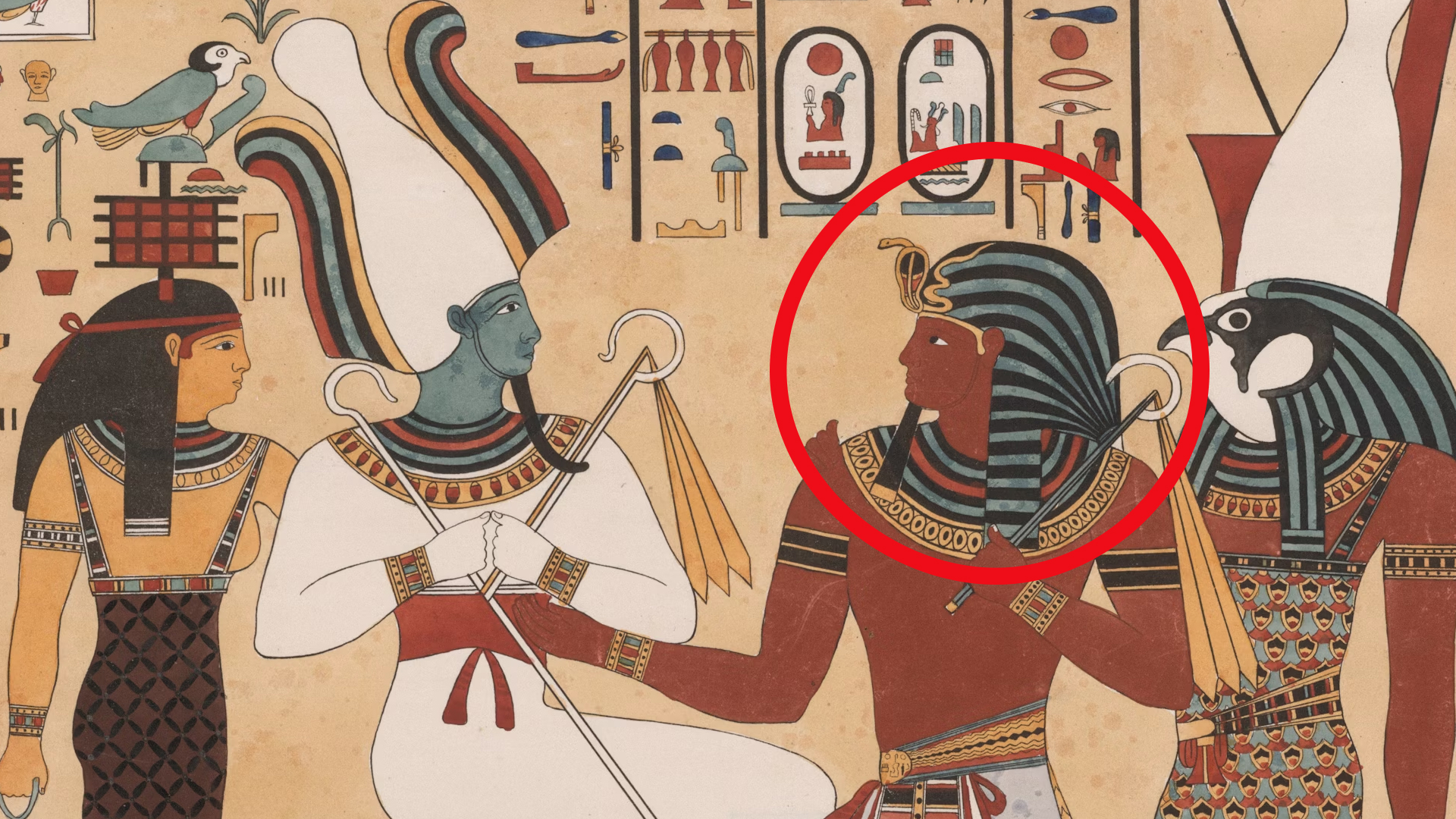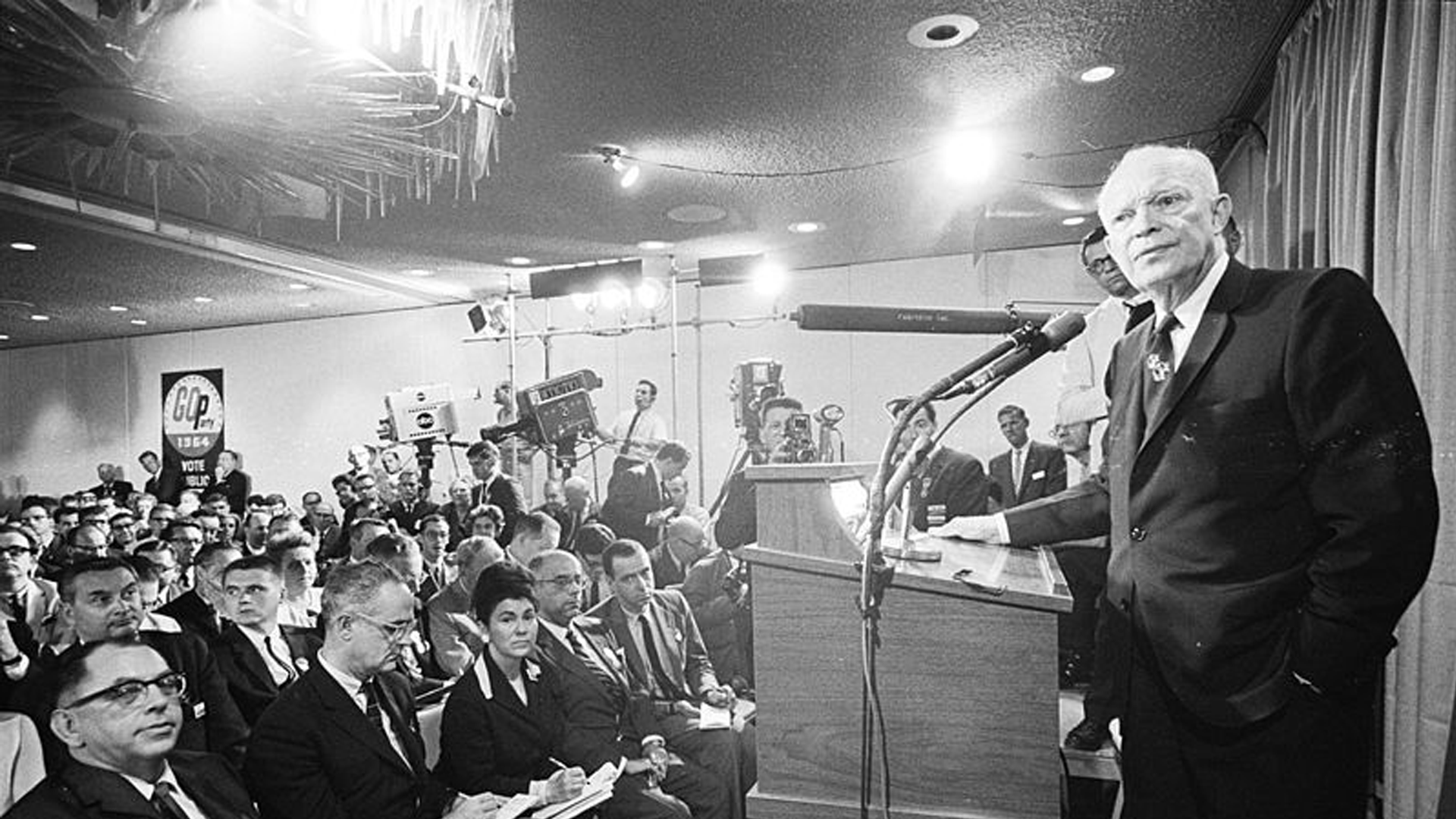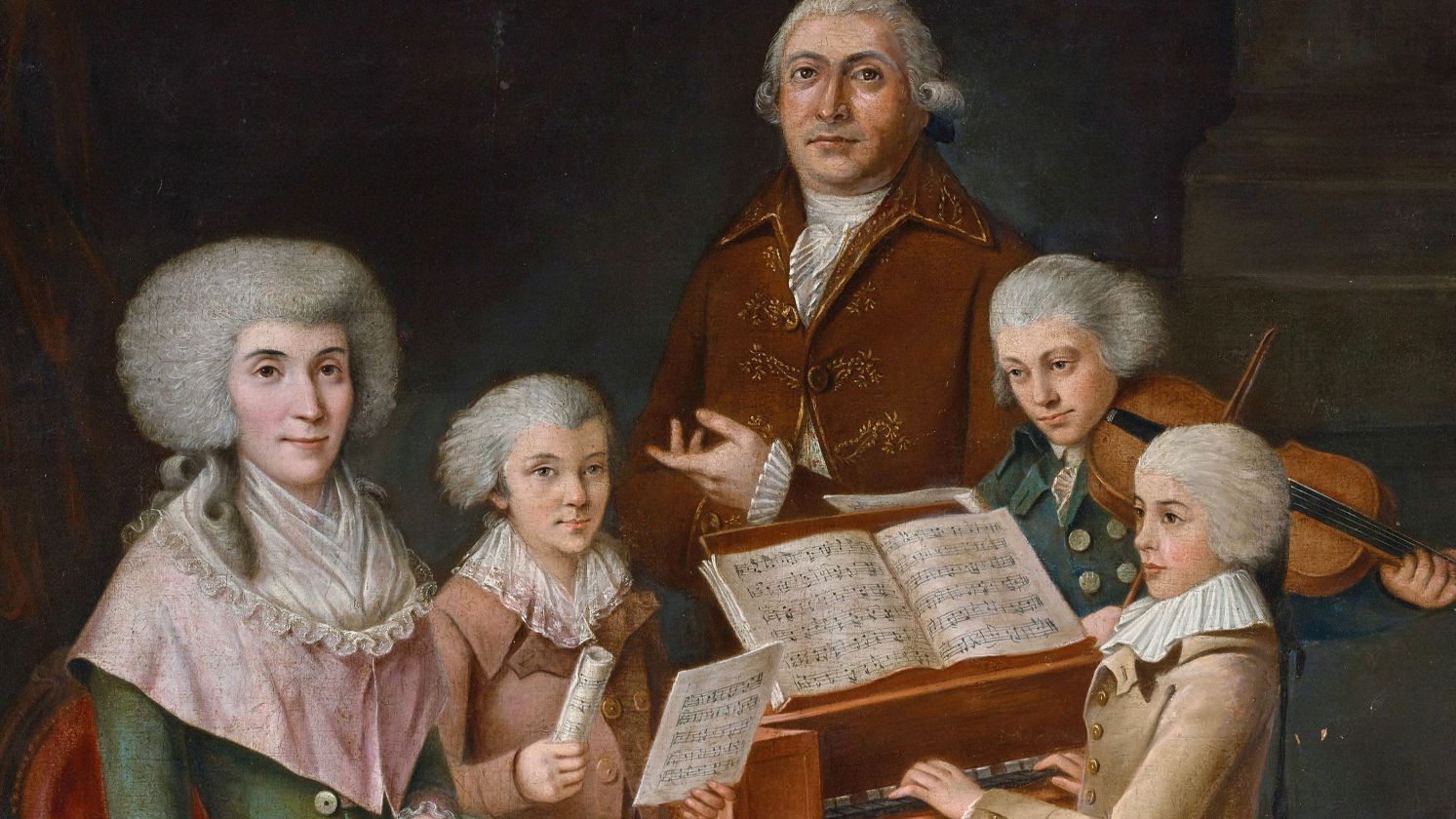The Forgotten Festivals Club
There’s a whole graveyard of holidays that once filled people with joy. We just don’t talk about them anymore. Maybe they fizzled out because no one remembered what they were celebrating. Or maybe people got tired of the celebrations. Either way, these lost holidays had their moment. So, crack open the calendar crypt, as these 20 forgotten festivities are too strange to stay buried forever.
1. Feast Of Fools
The Feast of Fools was a medieval celebration that turned the social and religious order upside down. Popular in France, this festival was typically held around New Year’s Day and allowed commoners to parody the solemn rituals of the church.
 Unknown authorUnknown author on Wikimedia
Unknown authorUnknown author on Wikimedia
2. Calan Gaeaf
Imagine the start of winter marked by bonfires, feasts, and a bit of spooky magic—this was Calan Gaeaf, Wales’ ancient way of welcoming the colder months. Celebrated on November 1st, it also involved rituals to ward off evil spirits.
3. Feast Of St. Giric
A feast for a king-turned-saint? That’s the curious case of St. Giric, also known as King Gregory the Great of Scotland, whose feast day once landed on December 3rd. Giric ruled in the 9th century, and according to legend, he was a church reformer, Christian promoter, and even a champion of learning.
 Jacob Jacobsz de Wet II (Haarlem 1641/2 - Amsterdam 1697) on Wikimedia
Jacob Jacobsz de Wet II (Haarlem 1641/2 - Amsterdam 1697) on Wikimedia
4. St. Distaff’s Day
On this day, the day women were expected to pick up their spinning work again after Christmas. Men, however, had a cheeky tradition of sabotaging the women’s spinning by throwing buckets of water or setting flax alight. The women, not to be outdone, would retaliate by soaking the men in kind.
 William-Adolphe Bouguereau on Wikimedia
William-Adolphe Bouguereau on Wikimedia
5. Whitsun
Whitsun, or Pentecost, was celebrated with fairs and picnics in late May or early June. By the mid-20th century, it became overshadowed by the more secular late May Bank Holiday, and Whitsun quietly slipped into obscurity, leaving behind only memories of its colorful past.
6. Old Michaelmas Day
October 29th was tied to St. Michael the Archangel and signified the final call for tenant farmers to pay dues or pack up. This post-1752 calendar relic draws a sharp line between harvest and hardship. Few remember it now, but for centuries, it ruled households with quiet authority.
 U.S. Customs and Border Protection on Wikimedia
U.S. Customs and Border Protection on Wikimedia
7. Nicanor Day
Nicanor Day roared with ancient pride on the 13th of Adar. It honored the downfall of a brash Seleucid general whose threats against the Jewish people came back to bite him. Over the centuries, however, as the Second Temple was destroyed, Nicanor Day vanished.
8. Paul Pitcher Day
Celebrated in parts of England, especially Cornwall, on January 24th, this day was all about hurling clay jugs against walls for good luck. Basically, miners would buy cheap pitchers, fill them with beer, and then ceremoniously shatter them at the end of the workday.
 Paul Pitcher Night by Simon Reed
Paul Pitcher Night by Simon Reed
9. Lughnasadh
Once a major festival across ancient Celtic lands, Lughnasadh was celebrated on August 1st to mark the beginning of the harvest season. Rooted in Irish mythology, it was established by the god Lugh to honor his mother, Tailtiu, who died after clearing the land for agriculture.
10. Lammas Day
In England, Lammas Day was the original grain-honoring, bread-blessing holiday. Its name comes from “Loaf Mass,” when freshly baked bread from the season’s first wheat was taken to church and offered in gratitude. Still, in rural memory, it marks a time when bread was sacred.
11. Matronalia
In ancient Rome, Matronalia was the original Mother’s Day, celebrated on March 1st in honor of Juno Lucina. The festival marked both the start of the new year (in Rome’s old calendar) and the vital role of women in family and society.
 Unknown artistUnknown artist on Wikimedia
Unknown artistUnknown artist on Wikimedia
12. Handsel Monday
Observed in Scotland and parts of northern England on the first Monday of the New Year, Handsel Monday was a festive occasion centered around giving small tokens to servants and children. The term comes from the Old Saxon handselen, meaning “to deliver into the hand.”
 Handsel Monday by CoastArchaeology
Handsel Monday by CoastArchaeology
13. Vestalia
In ancient Rome, Vestalia honored Vesta, the goddess of the hearth, home, and family. Celebrated from June 7th to June 15th, this festival was centered around the Temple of Vesta, where the city’s eternal flame burned—tended by the famous Vestal Virgins.
 Carl Friedrich Deckler on Wikimedia
Carl Friedrich Deckler on Wikimedia
14. Plough Monday
On the first Monday after Epiphany, the English countryside came alive with mud-caked boots and mischief. Signaling the start of the agricultural year, it was the day farmhands paraded a gaily decorated plough, often demanding coins—or ale—in exchange for not carving up someone’s front lawn.
15. Allantide
Long before Halloween stole the show, Allantide lit up Cornwall with flickering lanterns and glowing apples. Families gave each other shiny red “Allan apples” as tokens of luck, and young folks played games to divine their future sweethearts.
 Reedgunner (talk) on Wikimedia
Reedgunner (talk) on Wikimedia
16. St. Mark's Eve
Think Halloween’s eerie? St. Mark’s Eve gave it a run for its money—minus the candy. On the night of April 24th, folks in old England believed that if you sat silently on a church porch from 11 p.m. to 1 a.m., you’d see ghostly apparitions of everyone in the village fated to die in the coming year.
17. Old Clem's Night
Particularly observed in England, this festive night was both religious and communal. The holiday blended medieval Christian devotion with elements of workers' pride in craftsmanship. It was also a time to collect small donations from the community to support tradesmen in need.
18. St. Crispin's Day
St. Crispin’s Day honored Crispin and Crispinian, twin Christian martyrs of the 3rd century who became the patron saints of shoemakers and leatherworkers. According to legend, the brothers preached Christianity by day and made shoes for the poor by night.
 Kerstgen van Ringenberch (début du XVIe siècle) on Wikimedia
Kerstgen van Ringenberch (début du XVIe siècle) on Wikimedia
19. Catterntide
Celebrated in parts of England like Leicestershire, it honored St. Catherine. Lace-makers gathered for singing, flirting, and a well-earned break. But when lace-making got taken over by machines and saints went out of style in Protestant England, Catterntide slowly ended.
20. Norse Midwinter Festival
Long before Christmas trees sparkled or Santa took to the skies, Norse communities huddled around roaring fires for Jol, the original Midwinter Festival. Centered on the winter solstice, it honored the rebirth of the sun and the might of Odin, who was believed to ride across the sky on his eight-legged steed.
 The Norse Winter Solstice Traditions by Norse Magic and Beliefs
The Norse Winter Solstice Traditions by Norse Magic and Beliefs
KEEP ON READING

The Mysterious "Sea People" Who Collapsed Civilization
3,200 years ago, Bronze Age civilization in the Mediterranean suddenly…
By Robbie Woods Mar 18, 2025
20 Important Names From World War II You Should Know
Key Players From World War II (For Good or Bad).…
By Cathy Liu Nov 7, 2024
The Musical Prodigy: 10 Fascinating Facts About Mozart & 10…
Secrets Behind the Symphony. Wolfgang Amadeus Mozart remains one of…
By Chase Wexler May 5, 2025
20 Ancient Architectural Wonders That Will Boggle Your Mind
Ancient Marvels That Have Withstood the Test of Time. From…
By Christy Chan Feb 12, 2025
Everything You Need To Know About The Korean War
It Shaped More Than Just A Country. The Korean War…
By Emilie Richardson-Dupuis Nov 8, 2024
The 20 Most Iconic Revolutionary Figures & What They Did
These Figures Have A Complicated Legacy. From feminism to communism,…
By Emilie Richardson-Dupuis Feb 12, 2025










